
Text copyright 2011 Alex Anderson Photography and Artwork copyright 2011 by C&T Publishing, Inc. Publisher: Amy Marson Creative Director: Gailen Runge Acquisitions Editor: Susanne Woods Editor: Liz Aneloski Technical Editors: Sara Kate MacFarland, Ann Haley, and Gailen Runge Copyeditor: Stacy Chamness Proofreader: Wordfirm Inc. Design Direction: Diane Pedersen and Kristy Zacharias Cover/Book Designer: Kristy Zacharias Production Coordinator: Kirstie L. Pettersen Production Editor: Alice Mace Nakanishi Illustrators: Jeff Carrillo, Tim Manibusan, and Kirstie L. Pettersen Photography by Christina Carty-Francis and Diane Pedersen of C&T Publishing, Inc., John Bagley, Richard Tauber, and Sharon Risedorph, unless otherwise noted Published by C&T Publishing, Inc. P.O.
Box 1456, Lafayette, CA 94549 All rights reserved. No part of this work covered by the copyright hereon may be used in any form or reproduced by any meansgraphic, electronic, or mechanical, including photocopying, recording, taping, or information storage and retrieval systemswithout written permission from the publisher. The copyrights on individual artworks are retained by the artists as noted in Paper Piecing with Alex Anderson, 2nd Edition. These designs may be used to make items only for personal use or donation to nonprofit groups for sale. Each piece of finished merchandise for sale must carry a conspicuous label with the following information: Designs copyright 2011 by Alex Anderson from the book Paper Piecing with Alex Anderson, 2nd Edition from C&T Publishing, Inc. Attention Copy Shops: Please note the following exceptionpublisher and author give permission to photocopy for personal use only. Attention Teachers: C&T Publishing, Inc., encourages you to use this book as a text for teaching.
Contact us at 800-284-1114 or www.ctpub.com for lesson plans and information about the C&T Creative Troupe. We take great care to ensure that the information included in our products is accurate and presented in good faith, but no warranty is provided nor are results guaranteed. Having no control over the choices of materials or procedures used, neither the author nor C&T Publishing, Inc., shall have any liability to any person or entity with respect to any loss or damage caused directly or indirectly by the information contained in this book. For your convenience, we post an up-to-date listing of corrections on our website (www.ctpub.com). If a correction is not already noted, please contact our customer service department at ctinfo@ctpub.com or at P.O. Box 1456, Lafayette, CA 94549.
Trademark () and registered trademark () names are used throughout this book. Rather than use the symbols with every occurrence of a trademark or registered trademark name, we are using the names only in the editorial fashion and to the benefit of the owner, with no intention of infringement. Library of Congress Cataloging-in-Publication Data Anderson, Alex. Paper piecing with Alex Anderson: 7 quilt projects, tips, techniques. 2nd ed.
p.cm. ISBN 978-1-60705-178-7 (softcover) 1.
PatchworkPatterns. 2. Machine quiltingPatterns. I. Title. TT835.A519 20010 746.46dc22 2010021644 Printed in China 10987654321
Dedication
To my good friend and incredibly smart editor, Liz Aneloski.
This book would have been impossible without your patience and guidance. Thank you for keeping me on track!
Acknowledgments
Thank you to Karen Stone for opening up a whole new world to me; to Jim Kankula for graciously sharing your expertise in paper piecing; to Paula Reid and Gloria Smith for your friendship and helpful hands; to Bunny Henningsen for your behind-the-scenes support; to Erica von Holtz for your eagle eye; to P&B for awesome fabrics to work with; and to C&T Publishing for your generosity and kindness in making this book possible.


Contents








Because I primarily rotary cut and machine piece my quilts,
resistant did not begin to describe my attitude when it came to paper piecing. The side blinders I had put on regarding foundation paper piecing were removed, as if by magic, the day I took Karen Stones workshop. A whole new exciting world of quiltmaking was revealed to me. Little did I know that this time-honored style of quiltmaking would open the door of possibilities to me.
When C&T Publishing requested fresh quilts for this second edition, I found that paper piecing had become part of my quilting repertoire, and I delighted in the entire process. Using unusual, challenging fabricssuch as flannel, silk, and rayonis easily manageable with paper piecing. The paper keeps the fabric stable while you are stitching pieces together. Blocks with exposed bias edges and tiny points, which I had avoided in the past, are made easy using paper piecing. You can approach difficult patterns with the confidence that they will come out perfectly. Delving into this interesting process of quiltmaking, I found that there are many options and opinions associated with this technique.
In this book you will find what worked best for me, along with other simple options. Once you understand the basics of this great technique, you can customize your style with what works best for you. The blocks I chose to work with are classics in the quiltmaking world. We will explore the options of working from the center out in a specific order (Square-in-a-Square and Pineapple), from one side to another in a numbered sequence (Kaleidoscope and New York Beauty), and from the center out randomly (free-form crazy patch). Each block has its own unique set of lessons to be learned. Not all quilt blocks or patterns are appropriate for paper piecing.
You must determine if a straight-line piecing sequence can be established. Blocks with Y-seams will not work. You can, however, split the Y-seam to create a straight-row sewing sequence. Sometimes the block is constructed in multiple paper-pieced units first, like the Kaleidoscope block, and then those units are sewn together to finish the block. You will be working with mirror images. This means that the direction of the finished block will be reversed from the paper pattern.
The quilts are presented in order of difficulty. Square-in-a-Square is easy enough for a child to make, while New York Beauty is a bit more challenging. For this second edition, I found the wonderful Chinese Lantern block in Barbara Brackmans

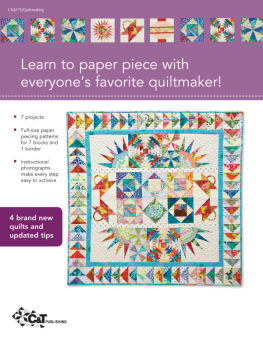

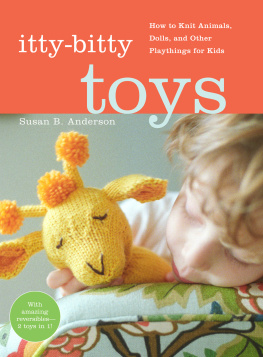
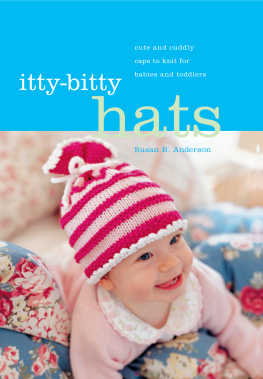

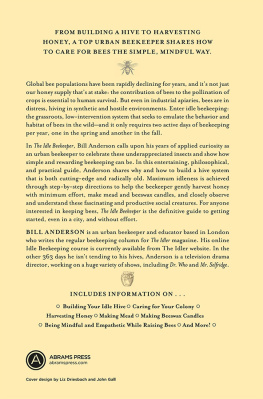


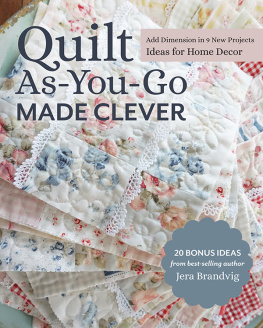
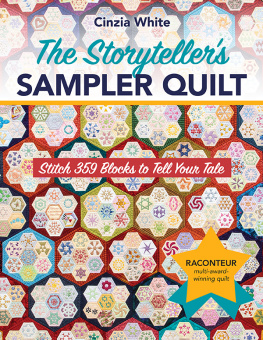
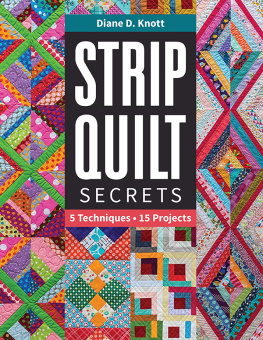
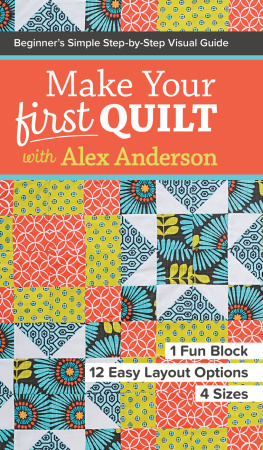
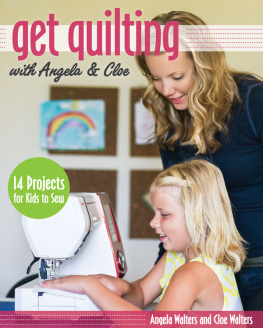


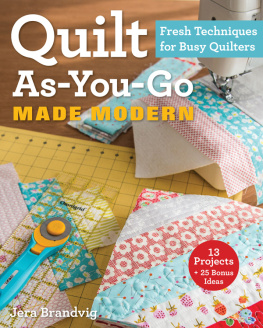
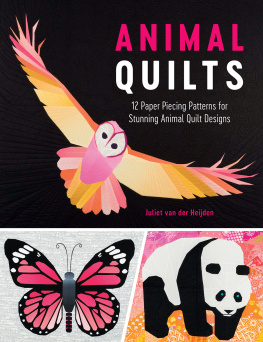
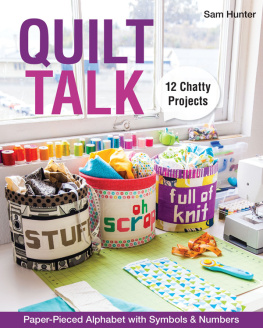

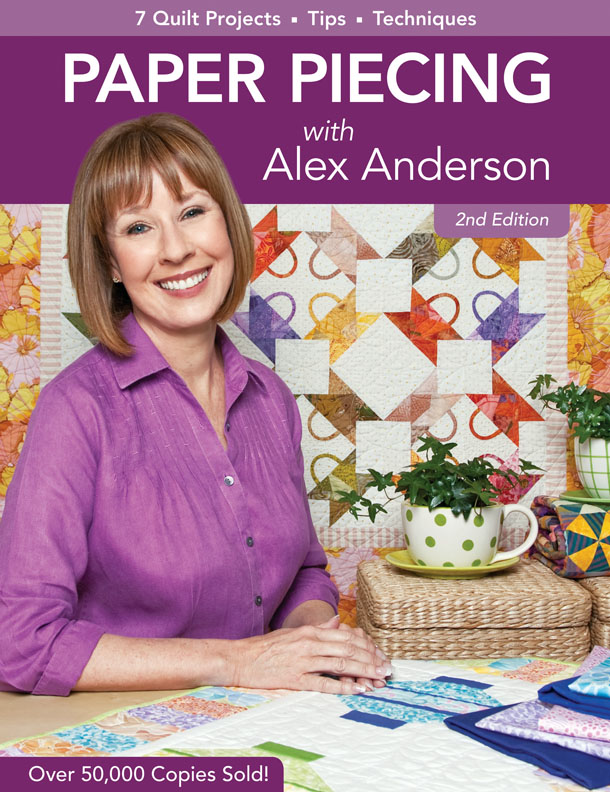
 Text copyright 2011 Alex Anderson Photography and Artwork copyright 2011 by C&T Publishing, Inc. Publisher: Amy Marson Creative Director: Gailen Runge Acquisitions Editor: Susanne Woods Editor: Liz Aneloski Technical Editors: Sara Kate MacFarland, Ann Haley, and Gailen Runge Copyeditor: Stacy Chamness Proofreader: Wordfirm Inc. Design Direction: Diane Pedersen and Kristy Zacharias Cover/Book Designer: Kristy Zacharias Production Coordinator: Kirstie L. Pettersen Production Editor: Alice Mace Nakanishi Illustrators: Jeff Carrillo, Tim Manibusan, and Kirstie L. Pettersen Photography by Christina Carty-Francis and Diane Pedersen of C&T Publishing, Inc., John Bagley, Richard Tauber, and Sharon Risedorph, unless otherwise noted Published by C&T Publishing, Inc. P.O.
Text copyright 2011 Alex Anderson Photography and Artwork copyright 2011 by C&T Publishing, Inc. Publisher: Amy Marson Creative Director: Gailen Runge Acquisitions Editor: Susanne Woods Editor: Liz Aneloski Technical Editors: Sara Kate MacFarland, Ann Haley, and Gailen Runge Copyeditor: Stacy Chamness Proofreader: Wordfirm Inc. Design Direction: Diane Pedersen and Kristy Zacharias Cover/Book Designer: Kristy Zacharias Production Coordinator: Kirstie L. Pettersen Production Editor: Alice Mace Nakanishi Illustrators: Jeff Carrillo, Tim Manibusan, and Kirstie L. Pettersen Photography by Christina Carty-Francis and Diane Pedersen of C&T Publishing, Inc., John Bagley, Richard Tauber, and Sharon Risedorph, unless otherwise noted Published by C&T Publishing, Inc. P.O. 








 Because I primarily rotary cut and machine piece my quilts, resistant did not begin to describe my attitude when it came to paper piecing. The side blinders I had put on regarding foundation paper piecing were removed, as if by magic, the day I took Karen Stones workshop. A whole new exciting world of quiltmaking was revealed to me. Little did I know that this time-honored style of quiltmaking would open the door of possibilities to me.
Because I primarily rotary cut and machine piece my quilts, resistant did not begin to describe my attitude when it came to paper piecing. The side blinders I had put on regarding foundation paper piecing were removed, as if by magic, the day I took Karen Stones workshop. A whole new exciting world of quiltmaking was revealed to me. Little did I know that this time-honored style of quiltmaking would open the door of possibilities to me.